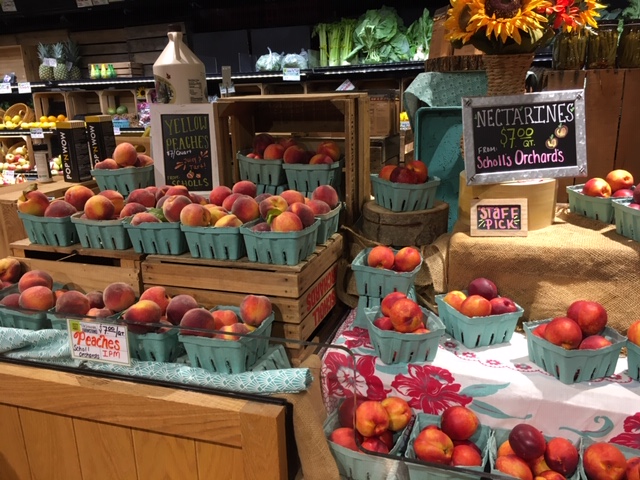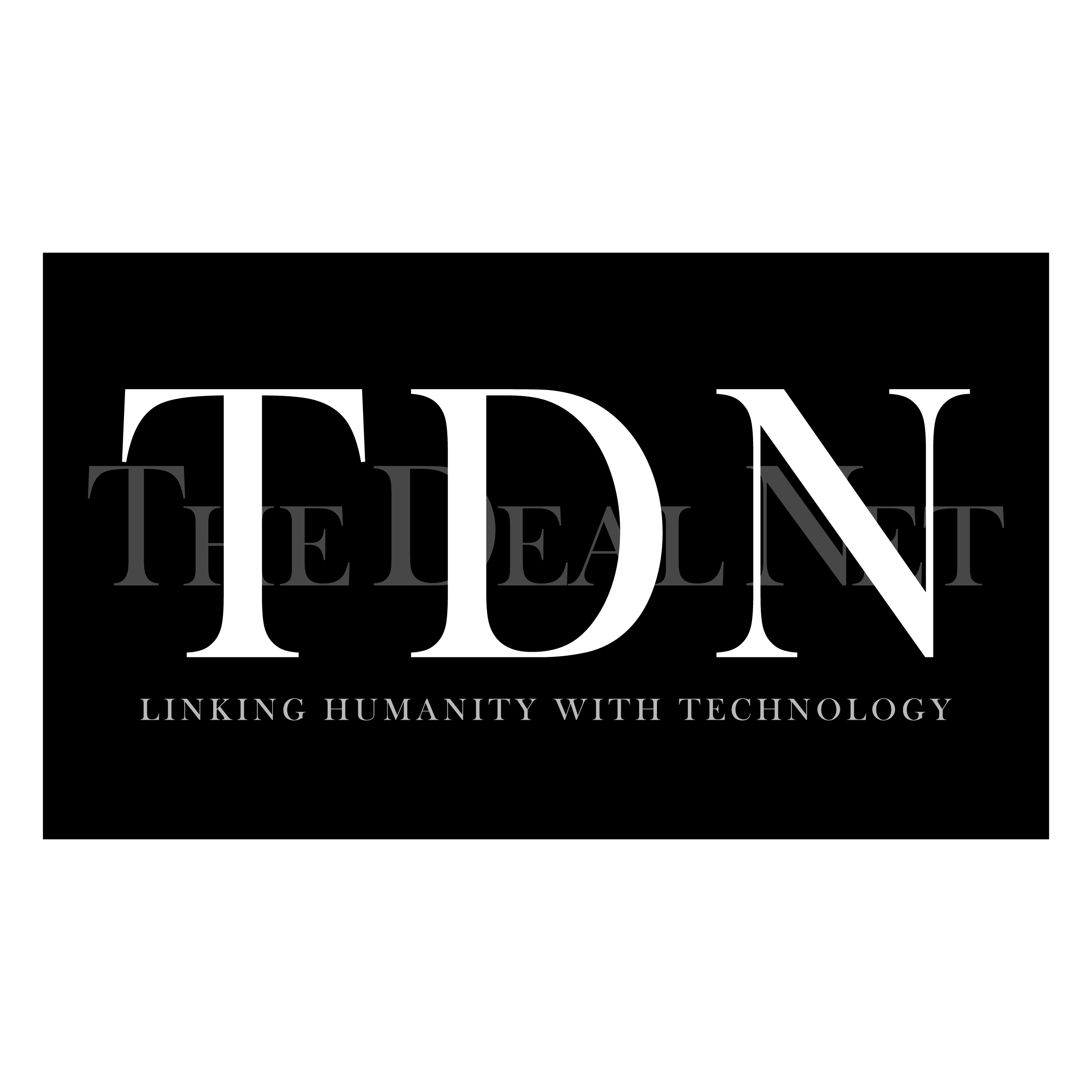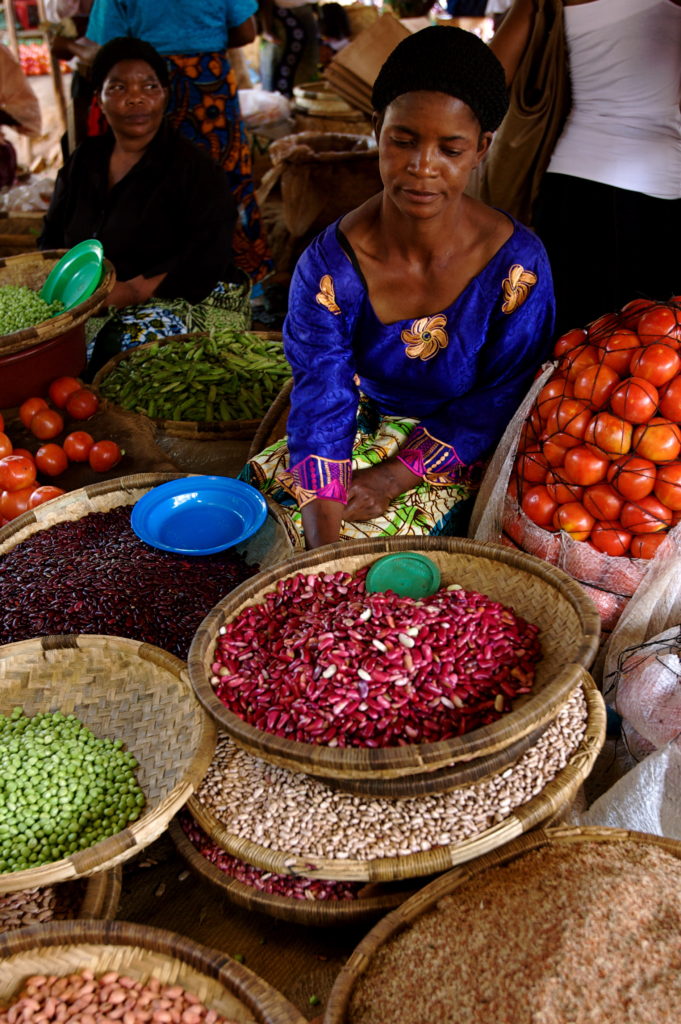Last week, in a local supermarket, I saw the perfect wild Pacific Salmon; plump, with clear eyes, no fishy smell with shiny but moist skin. Cut, the fillet was bright red. Gorgeous. The price, well more than three times the price of farmed Salmon. Though it all felt correct, I was still not 100% sure. Was it from a sustainable source, how was it shipped, how was it handled and was it really a Pacific Salmon?
For many of us, the importance of sustainable food is an important ethical food choice. For others, paying more for the same product does mean need for some proof. Wouldn’t it be amazing if by scanning the QR code on the product, it was possible to find the complete history of the product? Question is how do you get that proof to a degree that is acceptable, auditable and yet does not disrupt global supply chains by adding significant costs?
Blockchain is giving consumers the ability to trace the food they consume through the supply chain. The technology can help trace food products through the supply chain including where the produce was farmed, harvested, packaged, stocked, shipped and stored before purchase. For sellers, consumers and regulators, the enhanced credibility, efficiency and safety of food products implies a much more robust market for international trade.
Food safety and contamination is one such reason. The Center for Disease Control and Prevention (CDC) estimated some form of foodborne illness, or food poisoning, affects some 47 million Americans every year with over 400,000 hospitalizations and 6000 deaths annually. Worldwide, the statistics are even more damning. As per the World Health Organization (WHO) estimates unsafe food due to disease causing bacteria, viruses, parasites or chemical substances, causes more than 200 diseases that range from diarrhoea to cancers. Also, the WHO has estimated 600 million, almost 1 in 10 people in the world, fall ill after eating contaminated food and 420,000 die every year!

So how can blockchain help with food contamination? While the technology can obviously not prevent unsafe food practices, it can help isolate food. Be it fish, vegetables or fruit, it would be easy to isolate, trace and ultimately remove from circulation contaminated food QR code labelled from grower to seller. Walmart in 2016, established the Walmart Food Safety Collaboration Center to introduce technology like blockchain to improve transparency and traceability thus providing consumers ability to trace source of food while reducing time to isolate contaminated produce. Using Hyperledger Fabric, a Linux based system that allows building blockchains, Walmart, together with its technology partner IBM, ran two test projects. One project was designed to ensure complete transparency in pork origin that was retailing in Walmart’s China stores. The other project traced mangoes sold in Walmart’s US stores. For pork in China, the project required uploading certificates of authenticity to the blockchain. This helped in creating trust with consumers post the 2017 scandal of Walmart employees being accused of mislabeling pork as “Organic”. While for mangoes in the US, the time to trace their original source location was reduced from seven days to less than three seconds. Post success of the pilot projects, Walmart expanded the use of blockchain to over 25 products from five different suppliers. In a further expansion, Walmart recently asked fresh leafy greens’ suppliers to trace produce using blockchain technology.
Walmart has been joined by many other food companies like Nestle, Dole, Golden State Foods, Kroger, McCormick and Company, Tyson Foods, Driscoll’s, McLane Company and Unilever in implementing blockchain solutions.
How the consumer and the retailer benefits from implementation of blockchain is easy to see. But what about the local farmer, the small entrepreneur, the artisan baker, the local cooperative? It is a known fact that farmers get pennies for their produce in comparison to the other players in the chain, like most small business people. The ability to provide immutable proof of the origin of the produce can help the local farmer access global food chains, breaking the hold middle men have on supply chains. At the most basic level, in a small village, the farmer is at the mercy of the local distributor and money lender. The increased power to access global supply chains means easier ability to prove to institutional lenders that the farmer is able to repay working capital borrowings. Simultaneously, larger and more institutionalized supply chains would help reduce the exploitation that farmers face with more equitable prices of produce. The endless chain of poverty, exploitation, low payment and destitution can be broken, even if to a small extent by implementation of blockchain technology!
Sources and additional resources
- Featured Picture – Stephen Morrison/Africa Practice for AusAID, CC BY 2.0 https://creativecommons.org/licenses/by/2.0, via Wikimedia Commons
- https://www.ibm.com/blockchain/solutions/food-trust
- https://www.unlock-bc.com/news/2019-02-22/walmart-cse-study-on-food-supply-chain-transparency-using-blockchain
- https://www.researchgate.net/publication/326188675_Food_Traceability_on_Blockchain_Walmart’s_Pork_and_Mango_Pilots_with_IBM
- https://www.nestle.com/media/news/nestle-blockchain-zoegas-coffee-brand
- https://www.computerworld.com/article/3454336/walmart-launches-world-s-largest-blockchain-based-freight-and-payment-network.html
- https://www.hyperledger.org/learn/publications/walmart-case-study
- https://www.forbes.com/sites/biserdimitrov/2019/12/05/how-walmart-and-others-are-riding-a-blockchain-wave-to-supply-chain-paradise/?sh=681ccbeb7791
- https://www.cnbc.com/2018/09/24/walmart-is-going-to-use-blockchain-to-stop-the-spread-of-e-coli-in-lettuce.html
- https://openlink.com/en/insights/articles/blockchain-food-traceability-can-revolutionize-the-industry/
- https://www.fishfarmingexpert.com/article/is-farmed-salmon-more-sustainable-than-meat
- https://www.newfoodmagazine.com/article/110116/blockchain/
- http://www.fao.org/publications/sofi/2020/en/
- https://www.pwc.com/gx/en/sustainability/assets/blockchain-for-a-better-planet.pdf
- http://www3.weforum.org/docs/WEF_Harnessing_the_4IR_for_the_Earth.pdf



